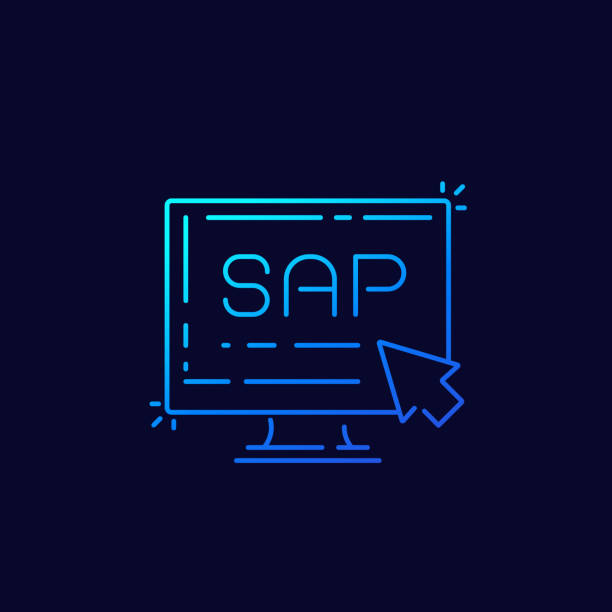SAP Business One (SBO) is a comprehensive enterprise resource planning solution designed for small and medium-sized businesses. With its extensive features and capabilities, SBO offers immense potential for customization and automation to streamline processes, enhance productivity, and improve overall efficiency. This article delves into the intricacies of SAP Business One, exploring special keywords, query creation, and best practices for optimizing your experience with this powerful platform.
Special Keywords in SAP Business One
To maximize the utility of SAP Business One, understanding special keywords is crucial. Special keywords enable developers and power users to harness advanced functionality within the platform. Boyum IT’s documentation highlights several categories of special keywords, including folders, branches, tables, current data, validation, and date keywords.
Date keywords deserve particular attention due to their versatile applicability across various scenarios. Four distinct variants exist for each keyword, catering to diverse requirements:
- Keyword: Provides the date in the most probable format based on context, e.g., $[EndOfYear] returns ‘20191231’.
- _HUMAN suffix*: Delivers the date in the format configured on the user’s Windows machine, e.g., $[EndOfYear_HUMAN] returns ’31-12-2019′ for a system set to ‘day-month-year’.
- _SQL suffix*: Returns the date in a format compatible with SQL Server and HANA databases, i.e., ‘[yyyy]mmdd’, e.g., $[EndOfYear_SQL] returns ‘20191231’.
- _UIAPI suffix*: Yields the date in a format compatible with SAP GUI, i.e., ‘[yyyy]-MM-dd’, e.g., $[EndOfYear_UIAPI] returns ‘2019-12-31’.
Best Practices for Optimizing SAP Business One
To ensure optimal performance and efficient utilization of SAP Business One, consider adopting the following best practices:
- Leverage special keywords to simplify complex tasks and automate repetitive processes.
- Utilize meaningful aliases for tables and columns to facilitate comprehension and maintainability.
- Format code for readability, employing consistent indentation, spacing, and capitalization.
- Regularly review and update queries, ensuring accuracy and relevance.
- Engage with online communities, such as the SAP Community, to learn from peers, share experiences, and access valuable resources.
Conclusion
Mastering SAP Business One requires a deep understanding of its capabilities, particularly its special keywords and query construction. Implementing best practices ensures optimal performance and facilitates ongoing enhancement. By unlocking the full potential of SAP Business One, organizations can significantly improve operational efficiencies and drive sustainable growth.

